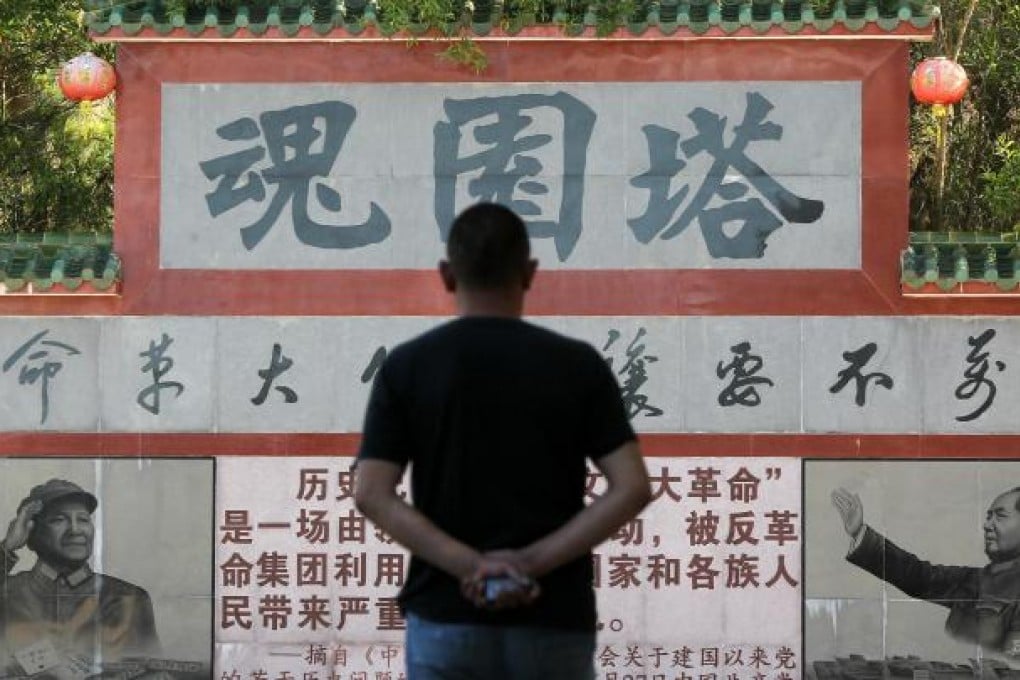Remembering the dark days of China's Cultural Revolution
Some 450 Chinese and foreigners marked this year's 36th anniversary of the end of the Cultural Revolution at a museum that bears sole witness to a dark history

It has been 36 years since China marked the end of the Cultural Revolution, and Peng Qian has spent the last seven anniversaries doing something the government will not: holding public memorials at a museum he helped found, to remember the millions who languished and died during one of the nation's most tumultuous periods.
Located in a scenic coastal area of Chenghai district, Shantou , Guangdong, the Cultural Revolution Museum hosted the seventh memorial on August 8 to pay respects to the millions of Chinese who died because of the revolution.
In 1966, Mao Zedong , the chairman of the Communist Party, started the social-political movement to enforce socialism and impose Maoist orthodoxy by removing capitalist and cultural elements from society. That led to a decade of massive and widespread social upheavals that devastated China economically.
"We selected that day [August 8] because it was on that date in 1966 that the Central Committee … passed the decision to launch the Cultural Revolution, and we think it was a disastrous day for China," said Peng, 81, a former executive vice-mayor of Shantou and the primary founder of the museum - the only known one of its kind in China.
Peng said this year's memorial was attended by people from all walks of life from across China and abroad. Descendants of people who were tortured and killed came from places as far as Brazil and the United States to attend the event.
"Altogether 450 people attended the memorial and paid respects to people who died in the Cultural Revolution," he said.
"Although plain-clothes police were monitoring us as they have before, they didn't disturb us".